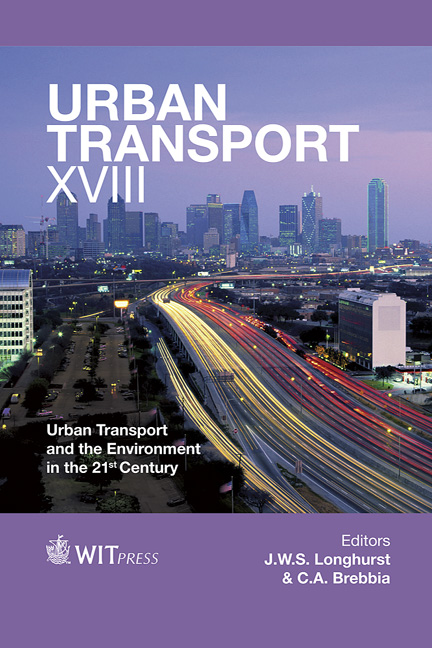Multi-modal Transit Hubs: Enhancing Sustainability Through Joint Highway Development
Price
Free (open access)
Transaction
Volume
128
Pages
10
Page Range
709 - 718
Published
2012
Size
359 kb
Paper DOI
10.2495/UT120601
Copyright
WIT Press
Author(s)
A. L. Savvides
Abstract
Transit hubs have always been sites of intense activity and the buildings housing their functions have always held an exotic allure with a character of industrial innovation and structural expression. The central theme of this paper is to address the potential for urban regeneration and improved mobility presented by transit oriented development (TOD) especially as it pertains to the crossroads of highways and transit hubs. This paper also suggests some important qualities of expanded mobility as a smart-growth principle. Expanded mobility is a cornerstone of efforts to promote smart growth. Data has been collected through a survey facilitated by the American Association of State Highway and Transportation Officials (AASHTO), which allowed the solicitation of information on current practices in joined development projects in the USA. Keywords: urban design, transit oriented development, highway joint development, sustainable development, urban regeneration. 1 Introduction In exploring the circumstances that might enable multi-modal transportation nodes at their crossroads with limited access highways to act as the nexus for urban regeneration it is important to define some of the characteristics of their locales. Their catalytic properties will be shown to be a result of their synergistic relationship with Transit Oriented Development (TOD) and Highway Joint Development and their design elements are coupled with the uses that complement this urban typology.
Keywords
urban design, transit oriented development, highway joint development, sustainable development, urban regeneration.





